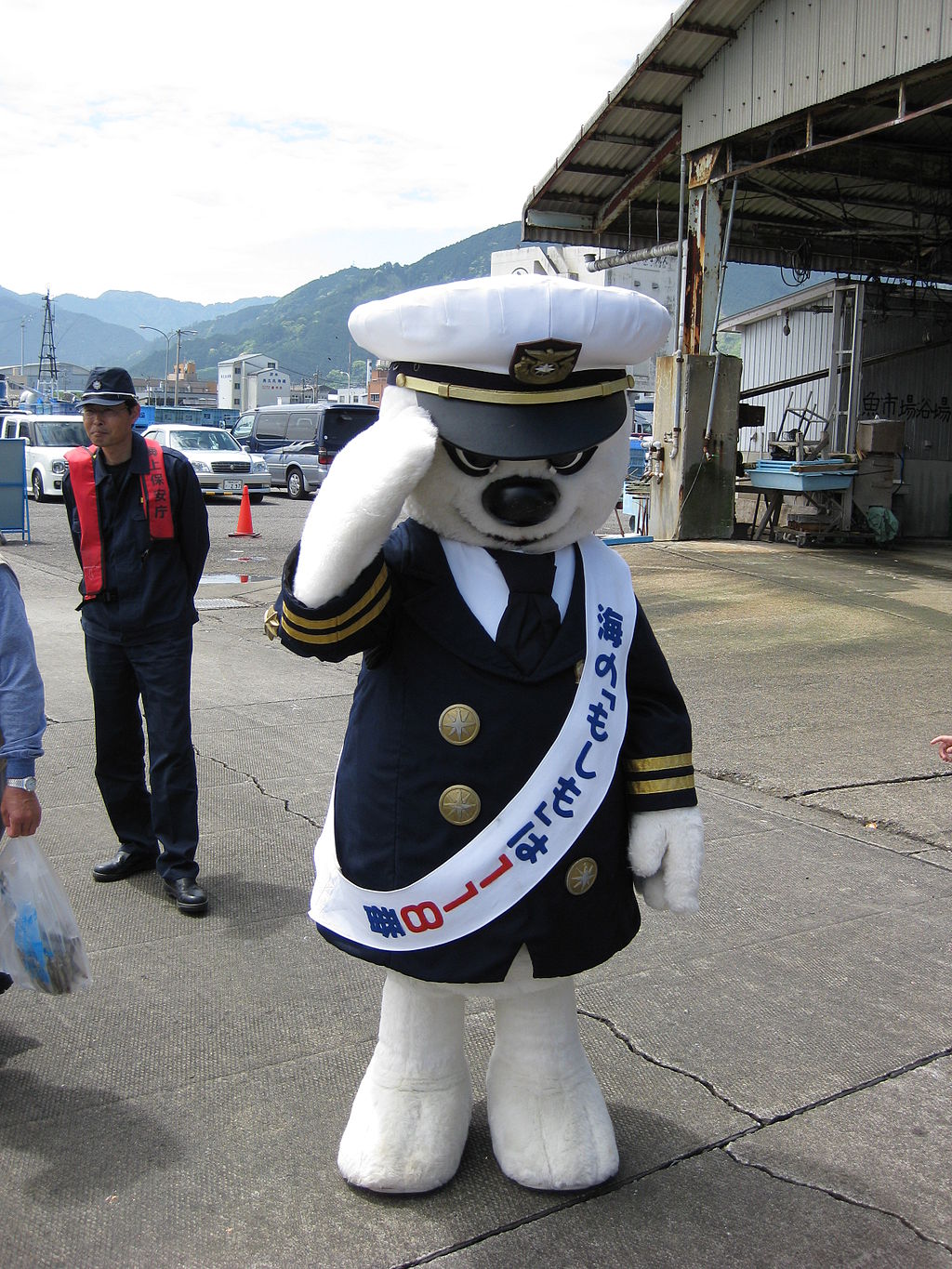Oct 24, 2016
If It is Important in Japan There’s a Mascot

In their original incarnation, mascots were intended to provide luck; and so you found them most often with military units, sports teams and schools. More recently mascots have been created to generate money but in Japan mascot mania goes far beyond even commercial motivation. There are mascots oozing civic pride for prefectures. There are mascots for education. There are mascots for social causes. Even some prisons in Japan have developed oversized puppets on their behalf.
Anthropologists will point to a culture steeped in ancient polytheism as a source for the Japanese love of non-human characters. People wind up embodying these furry creatures with all sorts of religious or cultural meanings and developing sentimental attachments. And just about every institution in Japan has taken notice.
Where Did All These Mascots Come From?
Tracing the history of these spokescreatures takes one back to the 1990s and a fuzzy brown rectangle with stubby arms and legs named Domokun. Domokun was created by public broadcaster NHK and his rectangular sawtooth mouth sort of looks like a television. The character first went on the air in a stop-motion sketch in 1998 to celebrate the tenth anniversary of NHK’s first satellite transmission. There followed an entire series of sketches and a backstory was created for Domokun. Additional characters joined in its adventures and companies soon jumped in on the mascot’s popularity.
In 2007 Hikonyan was developed to promote the 400th anniversary of the construction of Hikone Castle in Shiga Prefecture. Despite already being a designated national treasure and one of only 12 extant Japanese castles, Hikonyan was credited with giving a significant bump to tourism and generating big merchandise sales. Commercial companies, corporations and civic organizations literally went to the drawing board.
Literally hundreds of mascots have invaded Japan since, occupying a spectrum from cute to creepy. There is no tried and true formula for what mascot will capture the public fancy. The giant of all mascots has been Kumamon, an ursine creature who shills for Kumamoto prefecture. Kumamon has become a national celebrity, taking up promotional duties far beyond his home territory. Since there is no trademark charges for using Kumamon, he pops up everywhere selling products and the Bank of Japan estimates he has pulled in over ¥120 billion in revenue.
Be Like Kumamon
Kumamon‘s success has not gone unnoticed in Japanese government circles. Osaka developed so many themed mascots that officials had to enact mascot population control. From a crowded line-up of some 45 mascots Moppi, a bird-like character, emerged as the city’s “core mascot.” Osaka has a point – mascots have become so ubiquitous in Japan that is impossible to identify what group is being represented when one is spotted on the street.
Even government crack-downs do not discourage the breeding of mascots in Japan. Consider the Yuru-chara Grand Prix, an event started in 2010 and now held each year in which the public can vote for its favorite mascot (Kumamon won in 2011). The first year there were 169 entrants; last year the number of costumed characters reached 1,727. Not surprisingly several world records for mascot gatherings have been broken at the Grand Prix.
By Yasuyuki HIRATA (Umimaru, mascot of Japan Coast Guard) [CC BY 2.0], via Wikimedia Commons


About the author